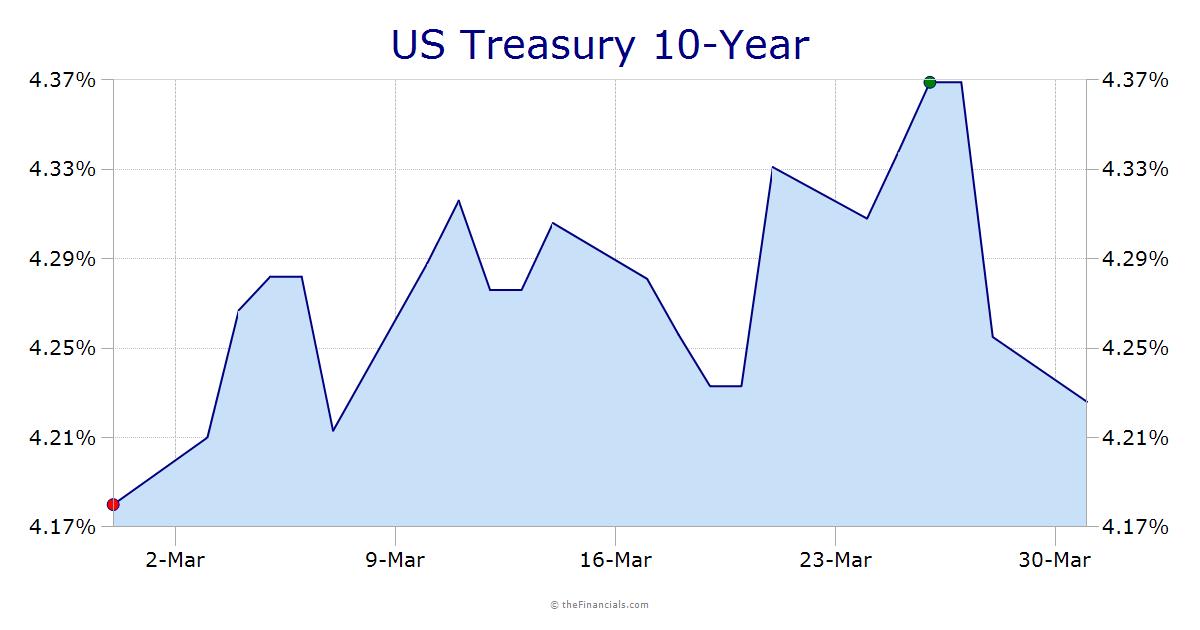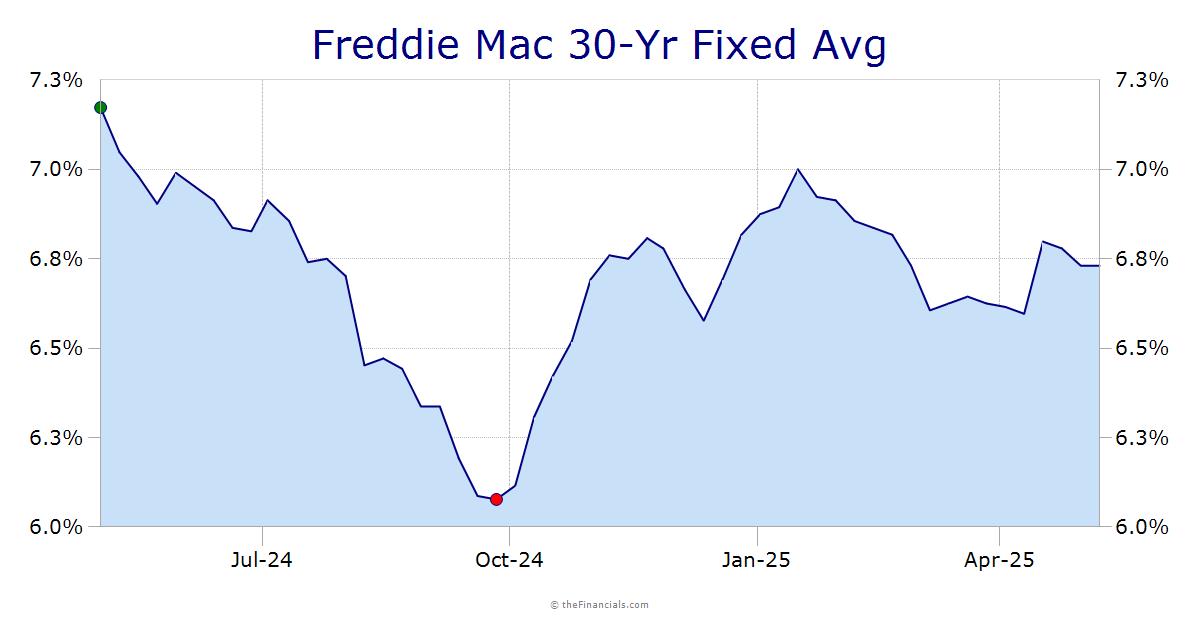
- On the other hand, the lease obligation is reduced by the principal-repayment amount during each specified accounting period.
- This interest component is determined by multiplying the beginning-period lease value with the discount rate used in the determination of the PV of the lease obligation.
- Since the lease obligation decreases with time, it is highest in the first year and declines over time.
- That said, the principal repayment on the lease liability is determined by subtracting the interest component for the specified period with the actual lease payment to the lessor.
- As a result, the principal-repayment amount increases with time and is lowest in the first year.

- As noted earlier, the interest expense that emerges from capital leases is highest in the first years and decreases over time (unlike depreciation expense, which is constant).
- This creates a variation in a company's reported total expenses. In the earlier years, a company using a capital lease will report a lower net income than a company using an operating lease.
- This will also create a tax benefit for the company that uses a capital lease in the first years.
- This tax benefit will cancel out because in the later years, the interest component will decrease and reported income will increase.
3) Cash Flow Statement Impact:

Cash flow statements remain unaffected by the choice of classifying leases as operating or capital leases. That said, cash flow from operations will include only the interest portion of the capital-lease obligation. The principal repayment on the lease obligation payment will be included as a cash outflow from cash flow from financing activities. As a result, capital leases will overstate CFO by the amount included in CFF and understate CFF.
Summary of Financial Effects:

Impacts on Key Financial Ratios:
















0 comments:
Post a Comment